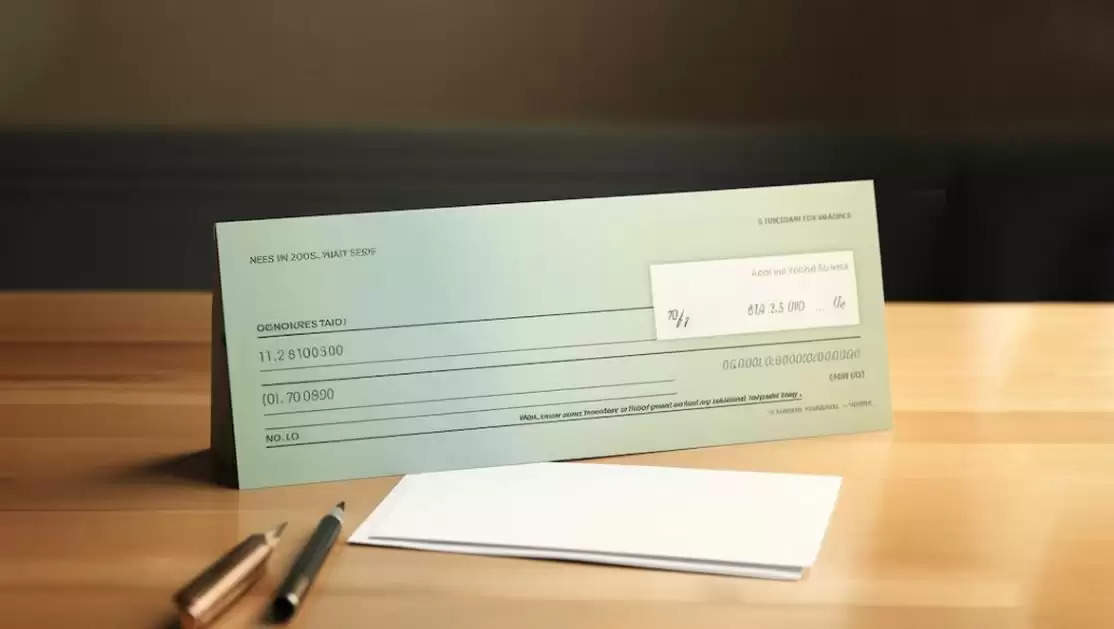Cheque Signature Rule: Why are there signatures on the back of the cheque, those who use bank cheques should know the rules
Even though today is the era of digital payments, payments can be made easily anywhere through PhonePe, Google Pay and UPI. But even today most people consider cheques to be safe.

Many details need to be filled while issuing cheques. In such a situation, you must have seen the signature on the back of the cheque. But when and why are most people signed? Read in detail in the news below:
Cheque Signature Rule: Digital payments are spreading rapidly. The advent of the digital age has brought about huge changes in many areas. The banking sector is also being affected by this.
Most banking services are also online. Now there is no need to go to banks to get money, you can send money anywhere in minutes including Phone Pay, Google Pay and UPI.
Apart from this, we can make any payment through net banking, ATM or cheque. It is very important to be careful while making any transaction.
Because a small mistake can cause a big accident but even today people consider it safe to make payments through cheques as it has less risk of online scams and fraud. Many important things also have to be kept in mind while issuing a cheque. Your cheque can get spoiled due to a small mistake. Too many cheque bounces can even land you in jail.
If your cheque is a bearer cheque, it is necessary to sign on the back of it. The reason for this is that such cheques often do not have any name. The person who brought the cheque may have fallen somewhere, which can be a problem.
In such a case, to protect themselves, the bank gets the signature of the person who brings the cheque on the back of the cheque. This ensures that the money withdrawn from the cheque is given to the person who brought the cheque, and the bank has no control if the cheque is encashed by an unknown person.
Do bearers check?
For your convenience, let us tell you that not all cheques are signed. The cheque is signed on the back of the bearer cheque. Actually, you deposit a bearer cheque in the bank.
There is no name on this cheque. You do not need to sign on an order cheque. The cheque in which you know the person to whom you are giving the money is called an order cheque. Bank officials first check the order cheque, then the money is sent.
Why do bearers sign cheques?
Actually, there is a risk in a bearer's cheque that the cheque is not stolen. The bank can also be arrested in this way. That is why banks check the signature on the cheque. But this happens only when a third party brings a bearer's cheque to the bank.
In some cases, the bank also asks for an address proof from the customer who brings the cheque. Especially when the amount is more than Rs 50,000.
In such a case, the bank takes the address proof from the person who brings the cheque. He then gives the money to the customer. The bank does this so that any fraud can be checked.
If the cheque is not signed-
There is no need to sign an order cheque. It is written on this cheque whether it is an order cheque or a bearer cheque. The person whose name is written on the order cheque receives the money.
When customers draw cheques from their own account, this means that if a third person comes to withdraw cash with a bearer cheque, then a signature is required on the back of the cheque.
